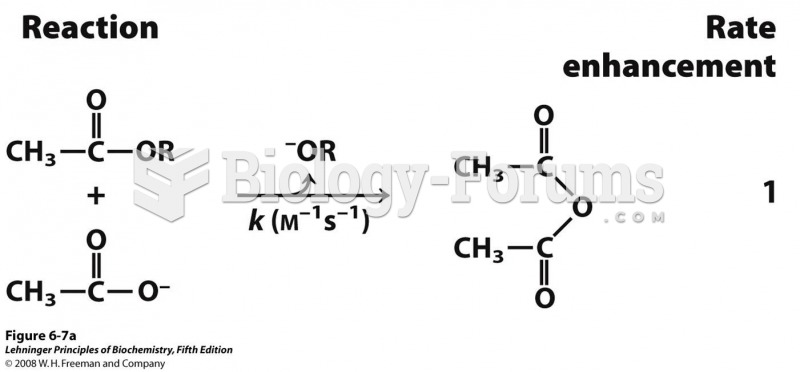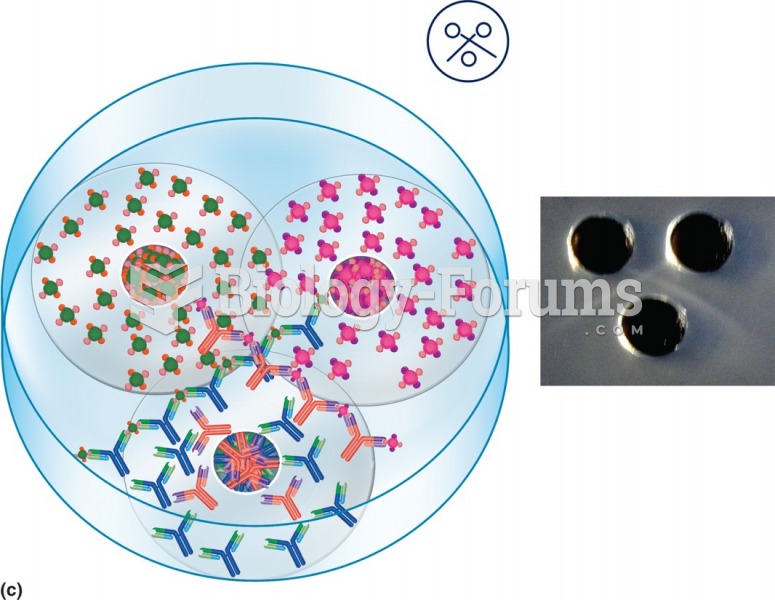|
|
|
Acetaminophen (Tylenol) in overdose can seriously damage the liver. It should never be taken by people who use alcohol heavily; it can result in severe liver damage and even a condition requiring a liver transplant.
When Gabriel Fahrenheit invented the first mercury thermometer, he called "zero degrees" the lowest temperature he was able to attain with a mixture of ice and salt. For the upper point of his scale, he used 96°, which he measured as normal human body temperature (we know it to be 98.6° today because of more accurate thermometers).
Children of people with alcoholism are more inclined to drink alcohol or use hard drugs. In fact, they are 400 times more likely to use hard drugs than those who do not have a family history of alcohol addiction.
More than 34,000 trademarked medication names and more than 10,000 generic medication names are in use in the United States.
Inotropic therapy does not have a role in the treatment of most heart failure patients. These drugs can make patients feel and function better but usually do not lengthen the predicted length of their lives.
 Darters such as this male greenside darter form a diverse and distinctive subfamily of fishes within
Darters such as this male greenside darter form a diverse and distinctive subfamily of fishes within
 reactions of an ester with a carboxylate group to form an anhydride. The R group is the same in each
reactions of an ester with a carboxylate group to form an anhydride. The R group is the same in each





